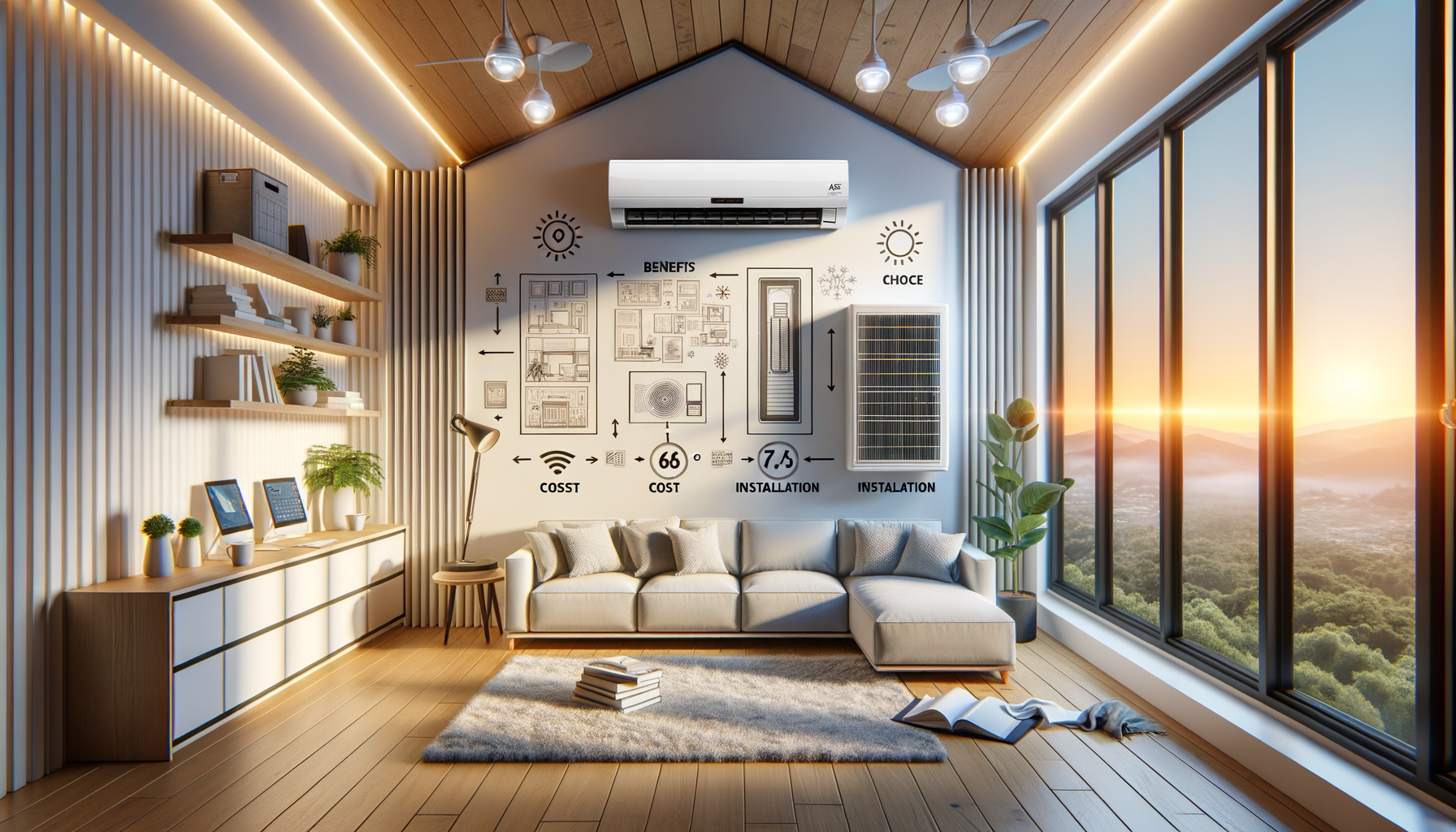
Mini-Split Installation Cost & Rebate Guide 2025
Introduction to Mini-Split and Central AC Systems
As we approach 2025, homeowners are increasingly evaluating their cooling and heating options to find efficient and cost-effective solutions. Mini-split systems and central air conditioning are two popular choices, each with its own set of advantages and challenges. Understanding the differences in installation costs, potential rebates, and how to choose the right installer can help you make an informed decision.
Comparing Installation Costs: Mini-Split vs. Central AC
When deciding between a mini-split system and central air conditioning, installation cost is a crucial factor. Mini-split systems, known for their flexibility and efficiency, typically have a higher upfront cost compared to central AC units. However, they can be more economical in the long run due to their energy efficiency and zoned cooling capabilities.
For a standard home, mini-split installation costs can range from $3,000 to $8,000, depending on the number of zones and the unit’s capacity. In contrast, central AC systems might cost between $4,000 and $10,000, including ductwork installation or upgrades. The absence of ductwork in mini-split systems often results in reduced labor costs and less invasive installation processes.
Consider these factors when comparing the two:
- Mini-split systems offer zoned cooling, allowing for temperature control in individual rooms.
- Central AC systems provide uniform cooling but require well-maintained ductwork for optimal performance.
- Energy efficiency ratings (SEER) can impact long-term savings, with mini-splits generally offering higher SEER ratings.
Exploring Federal and State Rebates for Ductless Heat Pumps
One of the financial incentives for choosing a mini-split system is the availability of federal and state rebates. These rebates aim to promote energy efficiency and reduce the environmental impact of heating and cooling systems. In 2025, homeowners can expect a range of rebates that make ductless heat pumps an attractive option.
Federal tax credits for energy-efficient home improvements may cover up to 30% of the installation cost for qualifying mini-split systems. Additionally, many states offer their own rebate programs, which can vary significantly. For instance, some states provide rebates based on the system’s efficiency rating, while others offer flat-rate incentives.
To maximize your savings, consider the following steps:
- Check the eligibility criteria for federal tax credits and ensure your system qualifies.
- Research state-specific rebate programs and understand their application processes.
- Consult with your installer about any local utility incentives that may apply.
How to Choose Licensed Mini-Split Installers Near You
Choosing a licensed installer is crucial for ensuring your mini-split system is set up correctly and efficiently. A professional installation not only guarantees optimal performance but also safeguards your warranty and potential rebates. Here are some tips on selecting the right installer:
First, verify the installer’s licensing and certification. Reputable installers should have the necessary credentials and be familiar with the latest energy efficiency standards. Additionally, consider their experience with mini-split systems specifically, as this can impact the quality of the installation.
When evaluating potential installers, consider the following:
- Request quotes from multiple installers to compare pricing and services.
- Read customer reviews and ask for references to gauge their reputation.
- Ensure they offer a comprehensive warranty on both labor and equipment.
By taking these steps, you can find a qualified installer who meets your needs and budget.
Conclusion: Making an Informed Decision
As you navigate the options for cooling and heating your home in 2025, understanding the costs, rebates, and installation processes for mini-split systems versus central AC is essential. While mini-splits may have a higher upfront cost, their energy efficiency and potential rebates can offer significant savings over time. By choosing a licensed installer, you can ensure a smooth installation process and enjoy the benefits of a well-functioning system.
Ultimately, the decision will depend on your specific needs, budget, and preferences. By staying informed and considering all factors, you can make a choice that enhances your home’s comfort and efficiency for years to come.

